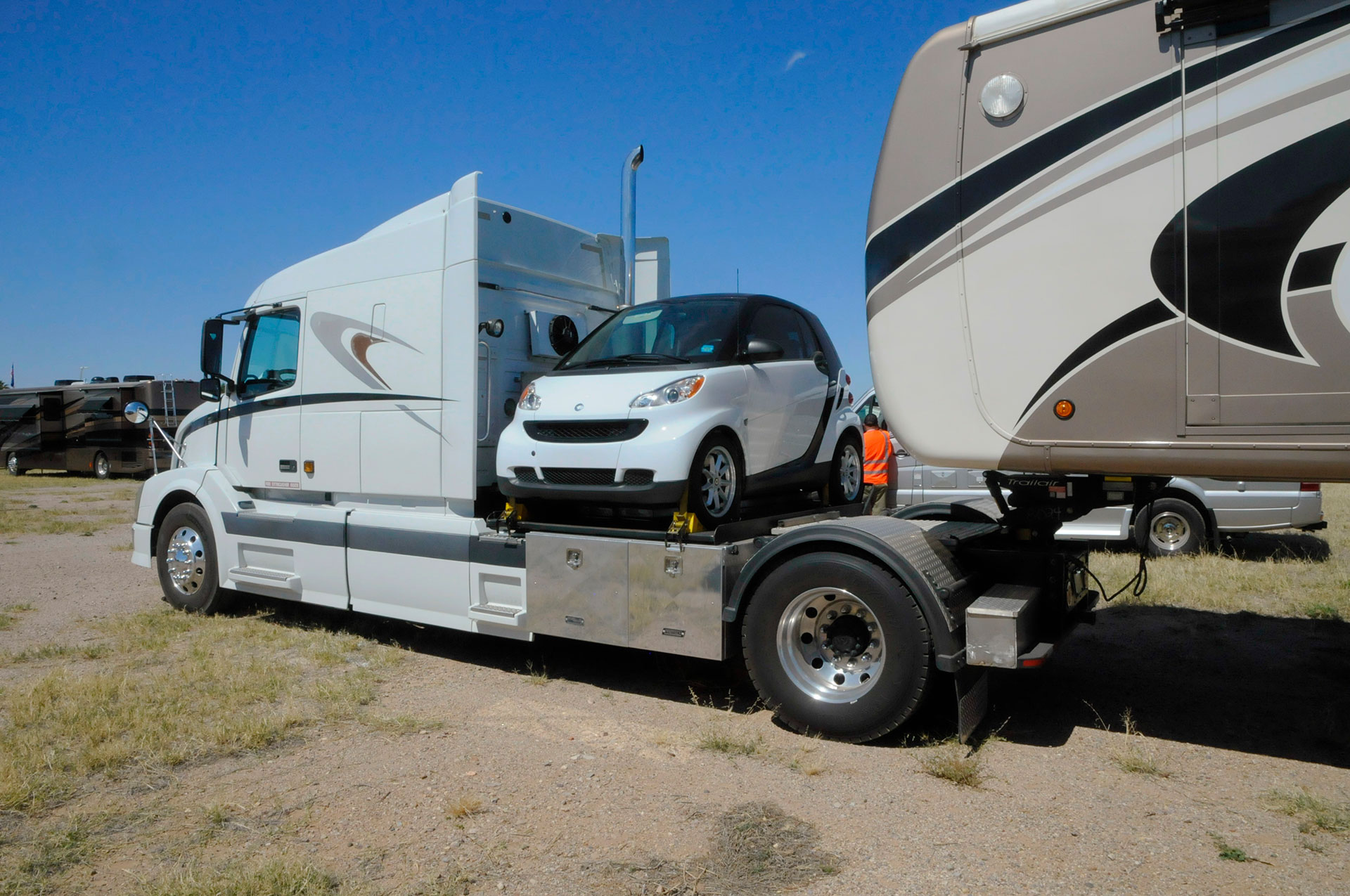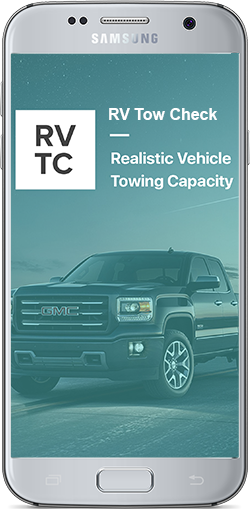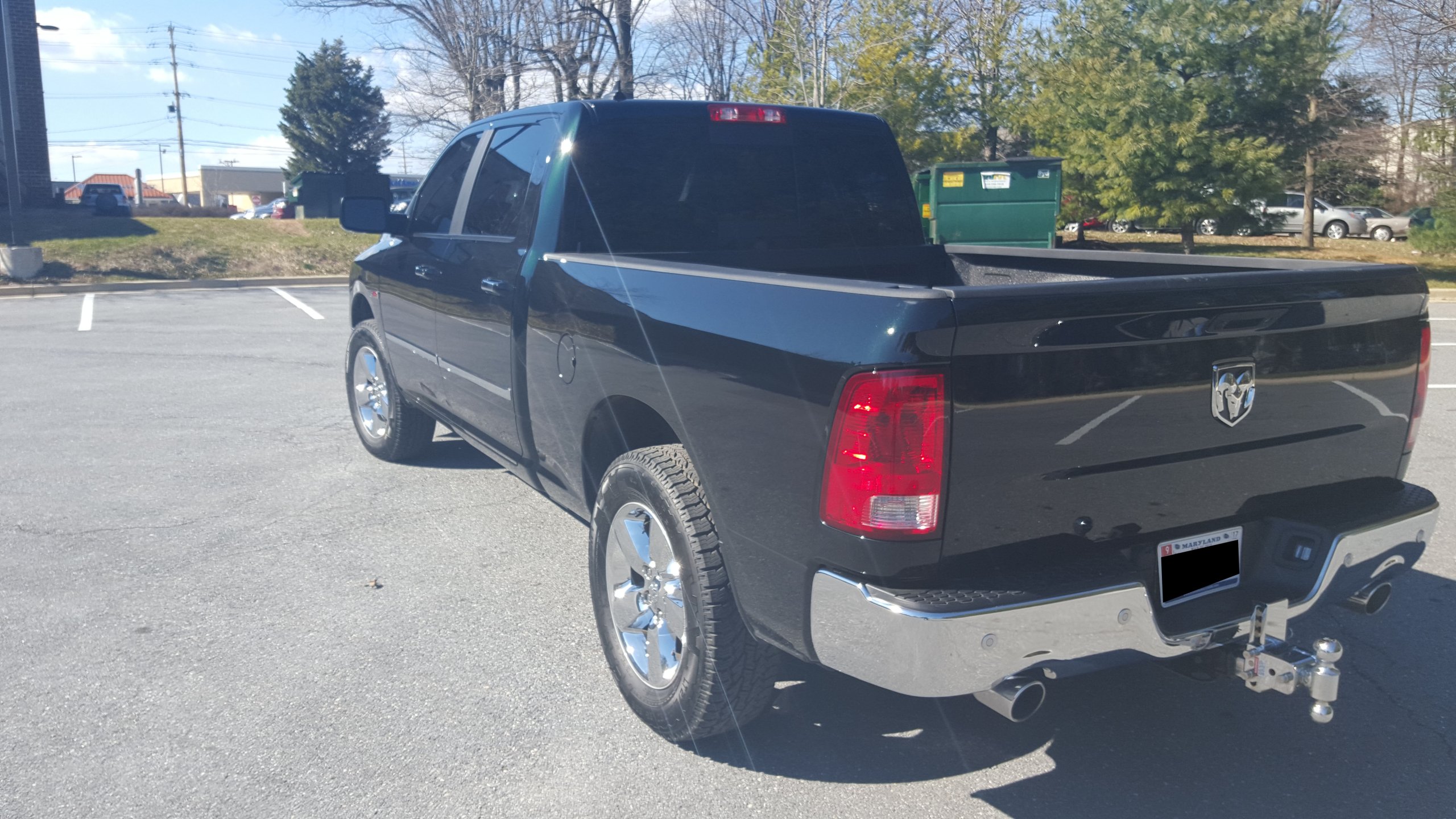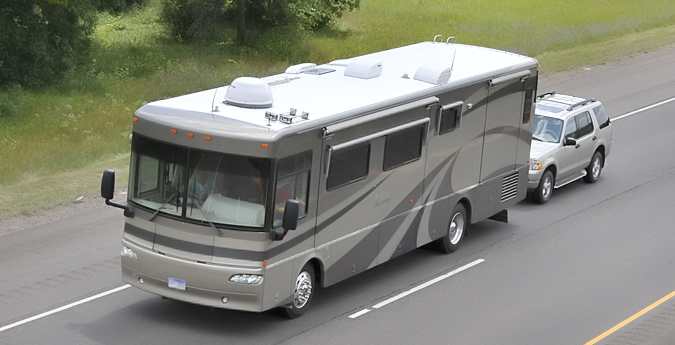Naturally, excitement overwhelms you while packing your stuff into an RV for a thrilling trip, and you may ignore the question how much can my vehicle tow? However, a good friend or a smart towing calculator may alert you to the limits and risks you battle if that value is crossed. So, to avoid mechanical and legal issues during your RV journey and enjoy the journey in high spirits, let us look at the importance of towing capacity of vehicles and especially that of RV trailers.
How Do You Assess Towing Capacity?
Towing calculators can assess the towing capacity of your vehicle. It can be manual as well as Hitech. Here we will walk through the dynamics and concepts behind a vehicle’s tow capacity and what are the things you have to update before you hit the road with your loaded RV.

Toying capacity can be found on the vehicle and in the manufacturer’s manual supplied by the manufacturer. To know the maximum Weight you can tow within the legal limits, do check the manufacturer’s plate attached to your vehicle. It may be either on a door pillar or under the bonnet on the front panel. In some new vehicles, it will be displayed on the door pillar also.
How a Manufacturer Determines Towing Capacity
A vehicle manufacturer determines the maximum towing capacity by factoring in the vehicle’s gross weight rating, gross axle weight rating, gross combined weight rating, and the condition of components such as engine, suspension, brakes, and transmission.
Also, vehicle manufacturers set max towing capacity under ideal conditions, which will be like the temperature at 0-degree grade, and road condition as leveled and paved surface with no hassles of crosswinds. That is why the optimum use of tow capacity is disallowed, considering the safety and longevity of the vehicles.
How Do You Explain Towing Capacity?
If you are looking for a simple definition of towing capacity, call it the maximum weight a vehicle can pull. The towing capacity can increase or decrease by a slew of factors, such as the equipment used, configuration, and Weight inside the vehicle for passengers and cargo. Nevertheless, vehicle manufacturers list the towing capacity of vehicles as a rough figure.
How Do You Calculate Towing Capacity?
In calculating your vehicle’s towing capacity, two variables are required–GVWR and Curb Weight. If you subtract Curb weight from GVWR, what you get is Towing capacity.
Towing Capacity = (GVWR – Curb Weight)
Now let us have an update on the important variables or abbreviations or concepts used in arriving at a vehicle’s towing capacity.
|
Concept |
Definition |
Extra information |
|
Gross Vehicle Weight Rating (GVWR) |
The maximum Weight a vehicle will withstand in a loaded condition, including those of cargo and passengers.
|
|
|
Gross Combined Vehicle Weight Rating (GCWR) |
She also referred to interchangeably as GCVWR, which indicates the maximum weight a vehicle can hold and pull. It is the sum total of the individual weights of the vehicle, passengers, cargo, trailer, and anything carried in the trailer.
|
|
|
Gross Axle Weight Rating (GAWR) |
It is the maximum Weight a tow vehicle can carry on each axle. If GAWR exceeds on any axle, the vehicle is bound to face damage |
|
|
Curb Weight |
It is the total Weight of a vehicle without passengers or cargo but includes the Weight of all fluids in the vehicle, such as antifreeze and gas and transmission fluids.
|
|
|
Dry Weight |
Dry Weight is the Weight of an empty vehicle without fluids. Or curb Weight minus gas, antifreeze, transmission fluid, etc.
|
|
|
Payload capacity |
It refers to the maximum amount of Weight a truck or vehicle can haul in the cargo, and the types include pickup truck bed, truck cab, or trunk of a vehicle. The payload means the cargo in the truck’s bed or in the trunk.
|
|
|
Gross Trailer Weight (GTW) |
It is the total Weight of the trailer plus the cargo pulled. The GTW is ascertained by putting your loaded trailer on a vehicle scale or a trailer weight scale.
|
|
|
Tongue weight (TW) |
It is the downward pressure (in pounds) exerted on the back of a tow vehicle at the trailer coupling point. Too much or too little tongue weight on hitches will create safety issues while towing.
|
Measured in pounds |
Use Towing Capacity Calculator App
The app RV Tow Check is a great support for RV buyers and dealers in ensuring tow vehicles match perfectly to any trailer towed. The app gives reliable RV Tow Check with its easy way of obtaining the realistic vehicle towing capacity (RVTC) for a vehicle towing a trailer.
Described as the first Before You Buy an RV towing capacity calculator, it adheres to the SAE J2807-based trailer weight rating methodology. To operate the RV Tow Check app, you have to insert four weight inputs related to the tow vehicle, such as GCWR, GVWR, GVW, and trailer weight ratings (TWR).

RV Tow Check will show you instant max towing capacity results per the user’s choice of various kingpin or tongue weight percentages. The math calculations are as accurate as the weights entered into them. In addition, RV Tow Check will display a realistic vehicle towing capacity for a fifth wheel, and conventional trailers and users can include the additional Weight of cargo and passengers.
RV Tow Check has beginner and expert modes of operation. Beginner mode offers step-by-step guidance. After becoming proficient, you can switch to Expert Mode, offering a streamlined single-page calculator for results.
The 80 Rule on Towing Capacity Usage
The 80 Rule for towing is very important. It mandates you should never exceed the 80 percent mark of your vehicle’s maximum towing capacity as prescribed by the vehicle’s manufacturer.
Suppose a tow vehicle has a max tow capacity of 5,000 pounds; per the 80 rule, the car shall not pull or tow anything more than 4,000 pounds. The following examples can give a better idea of how this mandate affects vehicle tow capacity in the real world.

Already the “80 Rule for Towing” has become a good rule of thumb as it provides owners with many cost benefits from unwanted repairs. The max tow capacity of a vehicle is the maximum amount of Weight a particular car can tow reliably and safely, as set by the vehicle’s manufacturer.
|
Vehicle Models |
Maximum Tow Capacity in Pounds |
TC in Pounds under 80 Rule |
|
Ford F-150 |
5,000 – 11,300 |
4,000 – 9,040 |
|
Chevy Silverado 1500 |
7,200 – 9,700 |
5,760 – 7,760 |
|
RAM 1500 |
6,150 – 8,420 |
4,920 – 6,736 |
|
Toyota Tundra |
8,800 – 10,200 |
7,040 – 8,160 |
|
Jeep Grand Cherokee |
3,500 – 7,200 |
2,800 – 5,760 |
|
Cadillac Escalade |
7,500 – 7,700 |
6,000 – 6,160 |
What Is Your Towing Plan and Safety Steps?
Before worrying about the adequacy of the towing capacity, how you tow your vehicle is also important. There are two types of towing. Trailer towing and Flat towing.

Trailer towing has a trailer linked to the RV or truck’s back side. The flat towing carries the entire car with a tow bar attached to the front vehicle and all four wheels of the trailing car rolling freely on the ground. This cuts tow weight, but not all cars can be towed like this. In any towing, you have to follow several safety measures, as most states in the US require the following:
- Tail lights: There must be perfect visibility of your tail lights from the RV. If not, you have to hook up your towed vehicles’ tail lights so that they can respond to changes in speed.
- License plates – License plates on the RV and towed car must be visible.
- Safety chains – There must be extra layers of safety to keep your car from rolling away if the hitch fails.
- Breakaway brakes – This is a failsafe. In case the towed vehicle breaks away from the hitch, brakes will be automatically applied.
Risks of Exceeding Towing Capacity
Exceeding a vehicle’s max towing capacity will be very dangerous: It extends braking time and adds strain on the drive train, and can cause engine or transmission failure. Vehicle damage, especially to the axles and frames, is imminent if a towing vehicle tries to pull a trailer beyond its towing capacity. It will also put the trailer and contents inside at risk.

Higher towing capacities for vehicles are a selling feature, And manufacturers will prefer to have a higher number. That also explains why there is a difference between the max towing capacity and what a vehicle would comfortably tow. The advisory to restrict towing capacity somewhere at 80 percent is to leave a cushion and margin for error when towing a trailer by staying below the max capacity.
Stay Updated On Towing Rules
In short, before you plan your RV trip, stay updated on the towing laws and regulations in your state, as well as the states that you might be crossing throug. As you know, RV life turns sweeter when you can tow your main car behind the RV and also able to keep glitches away to enjoy a merry holiday with due thanks to the towing calculator.

